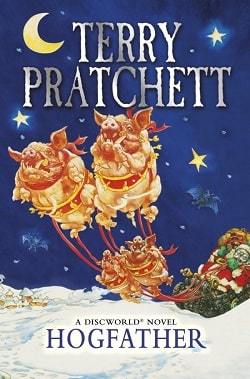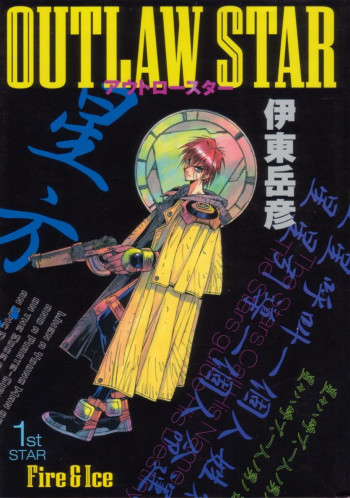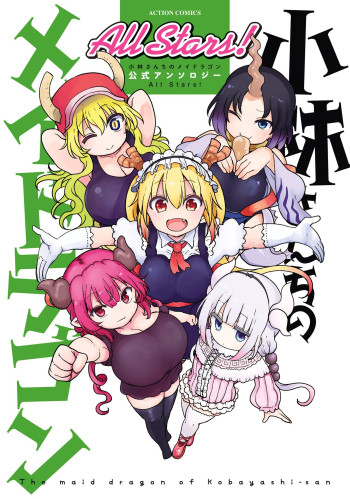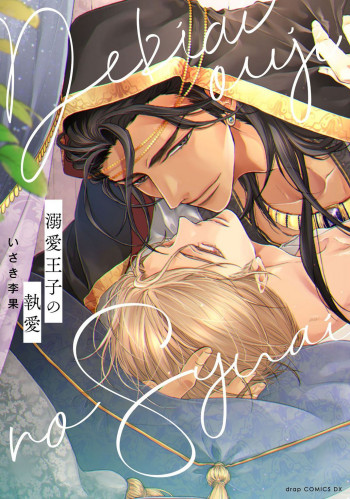Summary

Hogfather (Discworld 20)
by Terry Pratchett
Susan had never hung up a stocking . She'd never put a tooth under her pillow in the serious expectation that a dentally inclined fairy would turn up. It wasn't that her parents didn't believe in such things. They didn't need to believe in them. They know they existed. They just wished they didn't.
There are those who believe and those who don't. Through the ages, superstition has had its uses. Nowhere more so than in the Discworld where it's helped to maintain the status quo. Anything that undermines superstition has to be viewed with some caution. There may be consequences, particularly on the last night of the year when the time is turning. When those consequences turn out to be the end of the world, you need to be prepared. You might even want more standing between you and oblivion than a mere slip of a girl - even if she has looked Death in the face on numerous occasions...
.
Read
Hogfather (Discworld 20) on http://kissnovel.net
Martial Peak Reviews
Terry Pratchett's Hogfather, the twentieth installment in the beloved Discworld series, is a masterful blend of humor, fantasy, and profound philosophical inquiry. Set against the backdrop of a world where magic and reality intertwine, this novel explores the very essence of belief and the importance of myth in human culture. Pratchett's unique narrative style, characterized by wit and sharp social commentary, shines brightly in this festive tale that is both entertaining and thought-provoking.
The story revolves around Susan Sto Helit, the granddaughter of Death, who finds herself reluctantly drawn into the chaos that ensues when the Hogfather—the Discworld's equivalent of Santa Claus—goes missing on Hogswatchnight. Susan, who has always been pragmatic and skeptical about the fantastical elements of her world, is thrust into a situation that challenges her understanding of belief and the power of imagination. Her character development is one of the highlights of the novel; she evolves from a reluctant participant to a fierce protector of the very myths she once dismissed.
Pratchett deftly uses Susan's journey to explore the theme of belief. The Hogfather's disappearance threatens not just the holiday but the very fabric of reality in Discworld. As the narrative unfolds, it becomes clear that belief is not merely a whimsical notion but a vital force that shapes existence. The author poses a compelling question: what happens when the things we believe in are taken away? Through Susan's eyes, readers witness the chaos that ensues when the Hogfather is absent, leading to a world where cynicism reigns and the magic of childhood is lost.
One of the most intriguing aspects of Hogfather is its exploration of the relationship between belief and superstition. Pratchett suggests that while belief can be a source of comfort and joy, it can also be manipulated and exploited. The character of Mr. Teatime, an assassin hired to eliminate the Hogfather, embodies the darker side of belief. He represents a world devoid of wonder, where the absence of myth leads to moral decay. His chilling demeanor and ruthless efficiency serve as a stark contrast to the warmth and joy associated with Hogswatch, highlighting the stakes involved in the battle for belief.
Pratchett's trademark humor is ever-present, providing levity amidst the darker themes. The absurdity of the situations and the quirky cast of characters—ranging from the bumbling members of the Assassins' Guild to the lovable, if somewhat misguided, members of the Tooth Fairy's entourage—create a rich tapestry of comedic moments. The dialogue sparkles with clever wordplay and puns, making the reading experience both enjoyable and engaging. Pratchett's ability to weave humor into serious themes is one of his greatest strengths, allowing readers to reflect on profound ideas while being entertained.
The novel also delves into the concept of death and the afterlife, a recurring theme in Pratchett's work. Death, personified as a skeletal figure with a penchant for dramatic flair, plays a significant role in the narrative. His interactions with Susan are both humorous and poignant, as he grapples with his own understanding of humanity and the importance of belief. Through Death's character, Pratchett explores the idea that even the most powerful beings can learn from mortals, further emphasizing the interconnectedness of all life and the significance of the stories we tell.
In terms of character development, Hogfather excels in its portrayal of Susan. Initially portrayed as a pragmatic and somewhat cynical figure, her journey reveals layers of complexity as she confronts her heritage and the responsibilities that come with it. Her growth is mirrored by the other characters, particularly Death, who undergoes a transformation as he learns to appreciate the value of belief and the joy it brings to life. This dynamic interplay between characters adds depth to the narrative, making it not just a story about saving Hogswatch but also a profound exploration of identity and purpose.
Pratchett's world-building is as rich as ever, with vivid descriptions that bring the Discworld to life. From the bustling streets of Ankh-Morpork to the whimsical landscapes of the Hogfather's realm, the settings are immersive and imaginative. The author’s ability to create a world that feels both fantastical and relatable is a testament to his skill as a storyteller. Readers are transported to a place where the absurd is commonplace, yet the emotional stakes are deeply felt.
In conclusion, Hogfather is a remarkable addition to the Discworld series that encapsulates Terry Pratchett's unique blend of humor, fantasy, and philosophical inquiry. Through the lens of Susan's journey, the novel explores the importance of belief, the power of myth, and the consequences of cynicism. With its rich character development, engaging narrative, and thought-provoking themes, Hogfather is a must-read for both fans of the series and newcomers alike. Pratchett's ability to tackle complex ideas with wit and charm ensures that this story will resonate with readers long after they turn the final page.
























Reviews 0
Post a Reviews: